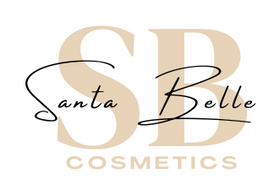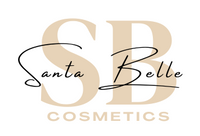Navigating Teeth Whitening Regulations: A Tale of Two Continents
Introduction
Hey everyone! Ever wonder why the teeth whitening kit you love in the U.S. isn't available when you're vacationing in Europe? Or why your friend in London can't get their hands on the same whitening strips you use in New York? Well, it's all about the regulations and policies governing teeth whitening products. As someone who loves traveling and is always on the lookout for the best teeth whitening solutions, I've noticed these differences and thought it'd be cool to share what I've learned about these regulations on both sides of the pond.
Teeth Whitening in the United States
The Land of Over-the-Counter Options
In the U.S., the teeth whitening game is pretty strong. The market is full of over-the-counter products, from whitening toothpastes to DIY kits. The FDA (Food and Drug Administration) regulates these products, but they're more lenient compared to their European counterparts.
Professional Treatments and Higher Concentrations
In the U.S., professional teeth whitening treatments often contain a higher concentration of bleaching agents like hydrogen peroxide. It's not uncommon to see treatments with 35% hydrogen peroxide, which is way above what's allowed in Europe. I once had a whitening session in a U.S. dental office, and boy, the results were instant!
Teeth Whitening Across Europe
Stricter Regulations for Safety
Europe takes a more cautious approach. The EU regulations limit the concentration of hydrogen peroxide in teeth whitening products to 0.1% for over-the-counter products and up to 6% for professional treatments. This is to ensure consumer safety and minimize the risk of potential side effects like tooth sensitivity or gum irritation.
The Role of Dental Professionals
In many European countries, teeth whitening treatments are only available through or under the supervision of a dental professional. This means you can't just walk into a store and pick up a high-strength whitening kit like you can in the States.
Why the Difference?
A Tale of Two Philosophies
The differing regulations between the U.S. and Europe come down to different approaches to consumer products. The U.S. tends to favor consumer choice, allowing more robust products on the market. Europe, on the other hand, leans towards a more precautionary principle, prioritizing consumer safety with stricter regulations.
My Personal Take
I've used whitening products from both the U.S. and Europe, and I can see the pros and cons of each approach. While I love the quick results of stronger U.S. products, the gentler European products tend to be kinder to my sometimes-sensitive teeth.
What Does This Mean for You?
Know the Regulations
If you're a frequent traveler or buying whitening products online from different countries, it's important to be aware of these regulations. Not only do they affect the availability of products, but they also impact their strength and usage.
Finding the Right Product
Regardless of where you are, finding the right whitening product is key. Look for products that balance efficacy with safety. Our range, for instance, offers products that adhere to both U.S. and EU regulations, ensuring you get a safe and effective whitening experience, no matter where you are.
Conclusion
Understanding teeth whitening regulations and policies in the U.S. and Europe can help you make informed decisions about the products you use. It's all about finding what works best for your smile, keeping in mind the safety and effectiveness of the products. Whether you're under the star-spangled banner or strolling past the Eiffel Tower, there's a whitening solution that fits within the local legal framework and meets your needs. So, keep exploring and keep smiling – brightly and safely!

